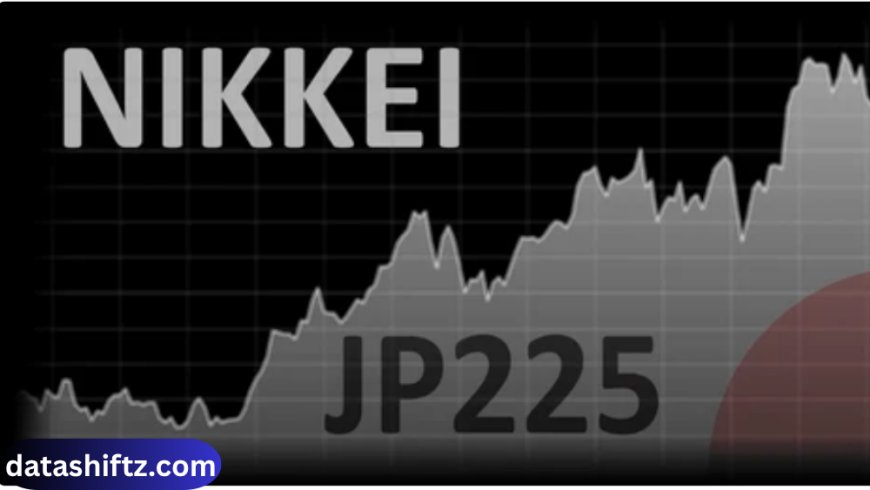Nikkei 225 Index: Surge to Record Highs Amid Political Shift

Introduction
On October 6, 2025, Japan's Nikkei 225 index soared to a record high, closing at 47,944.76 points, marking a 4.75% gain from the previous day. This significant rally was driven by political developments and investor optimism regarding future economic policies. The election of Sanae Takaichi as the leader of Japan's ruling Liberal Democratic Party (LDP) has set the stage for potential fiscal stimulus measures, influencing market sentiment positively.
Nikkei 225 Index Overview
What is the Nikkei 225?
The Nikkei 225, also known as the Nikkei Stock Average, is a price-weighted index comprising 225 leading companies listed on the Tokyo Stock Exchange. Established in 1950, it serves as a barometer for the Japanese stock market and is widely followed by investors globally.
Recent Performance
| Date | Closing Value | Daily Change | Percentage Change |
|---|---|---|---|
| Oct 6, 2025 | 47,944.76 | +2,175.26 | +4.75% |
| Oct 5, 2025 | 45,769.50 | +1,825.00 | +4.17% |
| Oct 3, 2025 | 44,936.73 | +167.23 | +0.37% |
Factors Influencing the Surge
Political Developments
Sanae Takaichi's election as the LDP leader has been a catalyst for the market rally. Known for her support of expansive fiscal policies and alignment with former Prime Minister Shinzo Abe's economic strategies, Takaichi's leadership is expected to continue pro-growth initiatives. Investors anticipate increased government spending, particularly in sectors like defense, infrastructure, and technology.
Sectoral Performance
The market rally was broad-based, with several sectors posting significant gains:
-
Defense: Companies like Mitsubishi Heavy Industries and Kawasaki Heavy Industries saw their stock prices jump by over 10% amid expectations of increased defense spending.
-
Technology: Semiconductor and AI-related firms experienced a surge as the government is expected to boost investment in these strategic sectors.
-
Automotive: Automakers such as Toyota and Honda benefited from speculation over potential tariff relief and increased domestic demand.
Implications for Investors
Market Outlook
The Nikkei 225's ascent to record highs reflects growing investor confidence in Japan's economic future. However, potential risks include:
-
Inflationary Pressures: Increased government spending could lead to higher inflation, impacting consumer purchasing power.
-
Debt Levels: Japan's already high public debt may rise further, raising concerns about fiscal sustainability.
-
Global Economic Conditions: External factors, such as U.S. economic policies and global trade dynamics, could influence Japan's economic performance.
Investment Strategies
Investors may consider:
-
Diversification: Balancing portfolios with a mix of Japanese and international assets to mitigate risks.
-
Sectoral Exposure: Focusing on sectors poised for growth, such as technology and defense.
-
Monitoring Policy Changes: Staying informed about government policies and their potential impact on the market.
Conclusion
The Nikkei 225's record-setting performance underscores a pivotal moment in Japan's economic trajectory. With political leadership signaling a commitment to growth-oriented policies, the market's outlook appears optimistic. However, investors should remain vigilant about potential risks and adjust their strategies accordingly to navigate the evolving economic landscape.





























